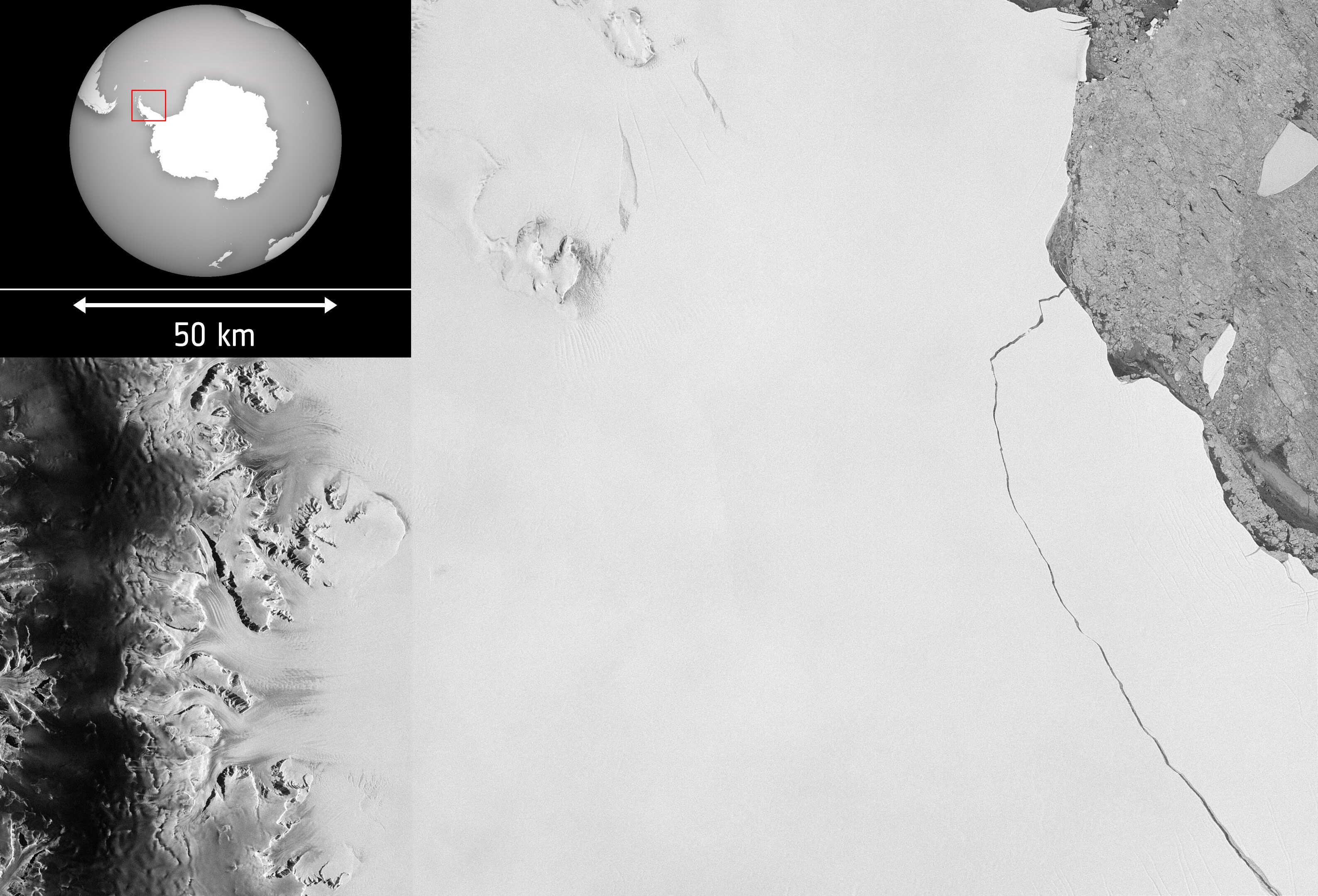An iceberg approximately one-quarter the size of Wales has split from Antarctica.
A one-billion-ton iceberg broke off from a region called Larsen C Ice Shelf between July 10 and July 12, according to scientists.
Professor Adrian Luckman, lead investigator from project MIDAS at Swansea said, “We have been anticipating this event for months, and have been surprised how long it took for the rift to break through the final few kilometers of ice”.
Ice shelves are thick floating blocks of ice that are found where glaciers meet the ocean. Over 70 percent of the Antarctic coastline has ice shelves attached.
The Larsen C Ice Shelf, which was the fourth biggest of its kind, is now fifth or sixth in size after this recent event.

Iceberg poses no immediate threat to sea levels
The A68 iceberg is one of the largest to have detached from the Antarctic ice shelf.
However, despite breaking out into the ocean, the iceberg does not pose any immediate threat to sea levels, according to Luckman.
Luckman stated that, “This event does not directly affect anyone, and repercussions, if there are any, will not be felt for years. However, it is a spectacular and enormous geographical event which has changed the landscape.”
He added, “We will study the ice shelf for signs that it is reacting to the calving — but we do not expect anything much to happen for perhaps years. Icebergs are routinely monitored by various agencies, and they will be keen to keep track of this one.”
Prof Helen Fricker, an expert at the Scripps Institution of Oceanography, told the BBC that the scientific community is “not seeing any evidence for large volumes of surface meltwater on the order of what you would need to hydro-fracture the ice shelf.
“Most glaciologists are not particularly alarmed by what’s going on at Larsen C, yet. It’s business as usual,” she added.

